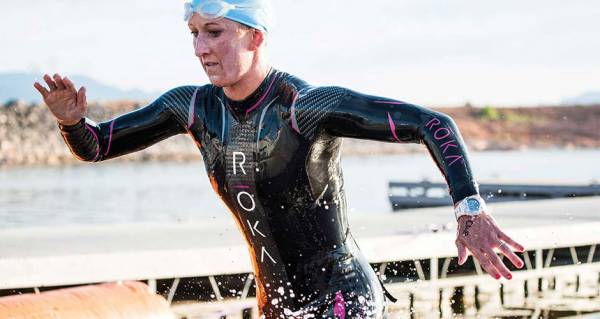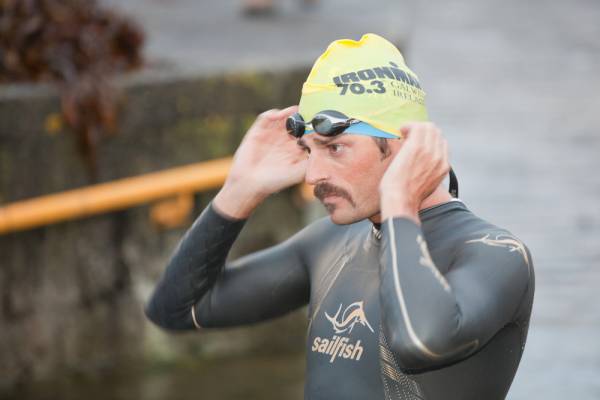Click Here to Start Our Free Triathlon Training Program
You signed up for a triathlon – congratulations! Whether you signed up for your first sprint triathlon or your tenth Ironman, you need to train properly to get ready for the best race of your life. I tend to use a checklist and I’m going to share it with you today as you consider what your next step is after registering for your race.
For those of you who are experienced endurance athletes, you might have an urge to skip a few of these points, but consider stopping to read them all as they may help change a few thoughts about your training.
1. Find a Pool
Your first step is to find a pool that is fifty meters in length. You’d be surprised how much a fifty-meter Olympic sized pool does for your training for long distance. You can’t rely so much on the walls every 25 yards, so it forces you to focus on being efficient.
I tell athletes to look for a fifty-meter pool, but if they can’t find one then look for a 25-meter pool. The most common pool length you will find is 25 yards, which is not ideal (but it is still a pool).
2. Find a Pool With a Masters Swim Program
The best type of pool to find is a fifty-meter pool that has a masters swimming program. The U.S. Masters Swimming website has a great page to help you locate and determine where and how to get started with a masters swimming program.
Finding a swimming program is an excellent way to meet other athletes. And masters programs normally have a coach who can help guide you and get you in the right direction if you are starting out. But even if you are an advanced swimmer, the coach can typically give you small tips to improve your swimming, as well.
3. Choose the Right Equipment
First you need a good pair of goggles. I recommend the Speedo Vanquishers. I am not sponsored by them and do not receive any financial backing from them. They are simply the only goggles I highly recommend for any athlete.
I also suggest you consider what wetsuit and skin suit to purchase for your triathlon race. My choice used to be 2XU, but now I go to Roka Sports for my swim gear. Roka is owned by a great group of guys who seem to have reinvented the space of wetsuits for endurance athletes.

In addition, consider preparing for cold water. Choosing the right equipment is important when the temperature drops in the ocean or lake where your event will take place.
4. Do the Right Workouts
You have all the gear and have chosen a pool, but now it’s time to actually train. And yes, you do need to train. You can’t show up on race day and think it won’t be that big of a deal. People die in triathlons. That’s a fact and the situation isn’t helped if you don’t train. Swimming is something I take seriously when training my athletes, so that they are prepared.
When determining how to create your training plan, you can always refer to my previous article regarding how to structure a workout. But it’s important that your workouts be specific and periodized. I have my athletes focus on three things: speed, endurance, and technique. Every workout should have one main focus and slightly touch on the other two.
I typically focus on speed and technique, more then endurance, but that is due to primarily coaching elite short-course athletes. Your swimming workouts, as a beginner or advanced athlete, need to be specific and planned according to where you are in your season and what race you are choosing to do.

5. Prepare Yourself Mentally
Mental preparation is something you need to focus on when it comes to open water swimming. You will be dealing with a bunch of athletes in a small space where physical contact is expected. I tell my athletes to swim defensively to help change their mindset about swimming in a close proximity to others.
The other aspect you need to prepare for mentally is the temperature of the water.Jumping into cold water can send a wave of shock through your body, but if you mentally prepare for the experience, you may not psych yourself out as you would have otherwise.
This is not my complete checklist, as it will be ever changing as I learn new things. But the point I want to make is that you should have a plan and way of thinking when it comes to your swim training. Whether you are a beginner or an elite athlete, you need to think about what it is you want from your training and race experience, and pursue that to the best of your ability.
Click Here to Start Our Free Triathlon Training Program
Photos 1 and 3 courtesy of Shutterstock.
Photo 2 courtesy of Roka Sports.






